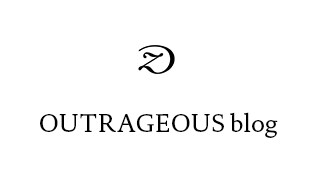 |
| Catalogue "Outliers and American Vanguard Art", National Gallery of Art |
Type 42, Morton Bartlett, Eugene von Bruenchenhein are on view until May 13, 2018
"Outliers and American Vanguard Art is the most comprehensive show ever to examine outliers in dialogue with their established peers. It is sure to inspire vigorous conversation about how artists and the work they make are represented.
Since the last century, the relationship between vanguard and self-taught artists has been defined by contradiction. The established art world has been quick to make clear distinctions between trained and untrained artists, yet at the same time it has been fascinated by outliers, whom it draws selectively and intermittently into its orbits. For a new exhibition launching at the National Gallery of Art, curator Lynne Cooke explores shifting conceptualizations of the American outlier across the 20th century, drawing on the inherent sociality of the exhibition in her installation of these works. This companion catalog, Outliers and American Vanguard Art, offers a fantastic opportunity to consider works by schooled and self-taught creators in relation to each other and defined by historical circumstance."
Lynne Cooke
For more information click here:
nga.gov/exhibitions/2018/outliers-and-american-vanguard-art.html
nga.gov/exhibitions/2018/outliers-and-american-vanguard-art.html





